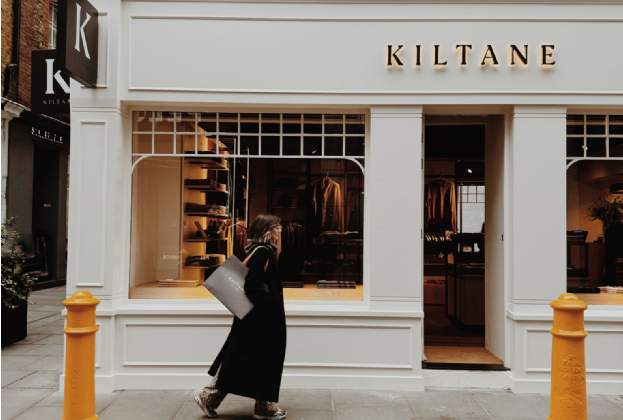However, it is important to stress the reduction in take-up is not emblematic of a rescinding appetite for space from retailers in the market; it is simply down to a lack of supply.
The desire for new stores has been sustained for some time and has come from a wide variety of operators, particularly those that sell essential and/or value-oriented goods, and this has continued to drive down voids. The vacancy rate fell as low as 4.4% in the retail warehouse sector just before the Carpetright administration in July this year, the lowest it has been since 2017.
In fact, the administration of Carpetright, which occupies 2.8 million sq. ft of space in the out of town market, has only prompted a 0.2% rise in vacancies, increasing it to 4.6% across the sector in the short term.
The UK is undoubtedly beginning to see inflationary pressures ease and consumer confidence grow. However, retailer performance and covenant strength remained strong across much of the sector even throughout the recent economic turmoil, raising the question: what has been driving the resilience of the retail warehouse market?
What is clear, whether they sell household goods or food and groceries, it is retailers with a focus on essential product categories that have continued to drive footfall to out-of-town schemes over the last year. Discounters, or operators offering value for money across a significant portion of their product lines, have been well positioned to weather the economic headwinds in recent years. A decade ago, just over a quarter (28%) of the brands in the out-of-town market were solely value-based or discount-led. Today, that figure has risen to 38% and continues to grow, with a third of all new openings in 2023 being value-led brands.
That said, the sector hasn’t had it all its own way. Those operators with a traditional focus on furniture, carpets, kitchens and electricals are those that have felt the most pressure amid the ongoing cost of living crisis. According to Barclaycard data, average monthly spend fell across a number of such categories over the last 12 months, including home improvements and DIY (-5.6%), electricals (3.0%) and furniture (4.6%).
However, the out-of-town market has become much less reliant on big-ticket discretionary spend in recent years. In 2014, 46% of occupied floorspace in the market was attributed to bulky goods brands (including DIY, electrical, motoring, furniture and fixtures and fittings, such as kitchens, tiling, carpets and other floor coverings). Today, that share has fallen to a quarter of all occupied space, replaced by growth in value-oriented operators and brands that sell essential goods with still plenty of appetite for further expansion.
Given the high demand and limited available space, it stands to reason that the market has seen positive growth in net effective rents over the last 12 months. Indeed the strength of competitive tension in the market may well push net effective rental growth above the 4.5% we saw in the retail warehouse sector in 2023. Indeed, when the Carpetright stores undoubtedly get snapped up, they will provide landlords with a significant opportunity to prove some potential rental growth on their schemes.
Further information
Contact Sam Arrowsmith
Spotlight: UK Retail Warehousing
Podcast: What’s driving the resilience of the out of town retail warehouse market?

.jpg)







.jpg)
